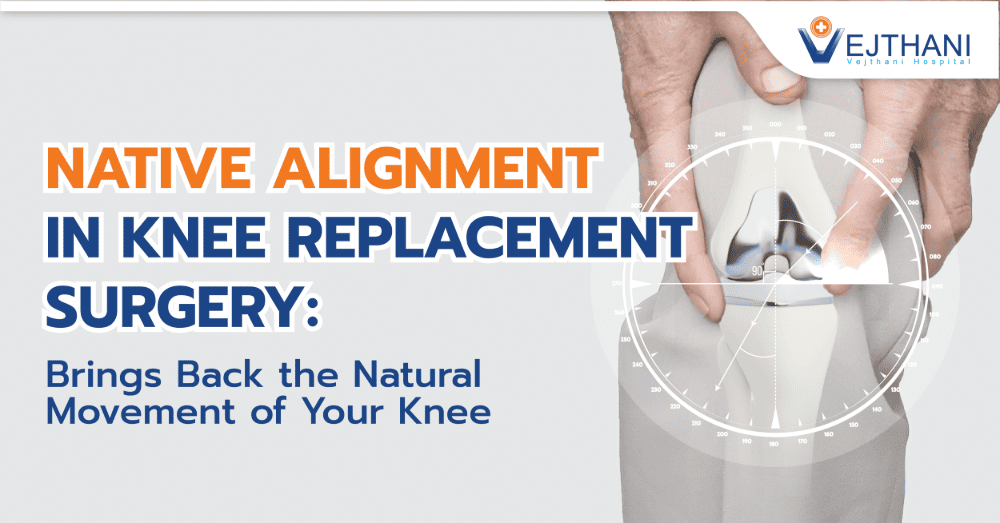
Hydrocelectomy
Overview
A hydrocelectomy is a surgical procedure that removes or repairs a hydrocele, a fluid-filled sac surrounding the testicle. This condition causes swelling in the scrotum, the pouch that holds the testes. If hydroceles are present around both testicles, a bilateral hydrocelectomy may be required. “Bilateral” means that both the left and right testicles are affected.
Hydroceles can be concerning due to their visibility and the sensitive location they occupy. Despite this, they are usually painless and may sometimes resolve without any treatment. Monitoring any changes and symptoms is important, as they can provide insight into the condition.
Discussing any abnormalities in the scrotum with a healthcare provider is crucial. While hydroceles are often harmless, they could be indicative of a more serious underlying issue. Prompt medical advice ensures appropriate management and peace of mind.
Reasons for undergoing the procedure
Hydrocelectomy may be recommended for males or individuals assigned male at birth (AMAB) who have a persistently enlarged scrotum that does not resolve spontaneously, regardless of age. In infants, the procedure aims to close the processus vaginalis, which typically closes naturally before birth. For teenagers or adults, surgery may be necessary if the hydrocele causes discomfort, embarrassment, or if it grows large enough to impact the function of surrounding genital tissues.
Before the procedure
Before a hydrocelectomy, a meeting with the healthcare provider is essential for a thorough evaluation of general health, including taking vitals such as temperature, pulse, and blood pressure. It is important to inform the provider about any previous injuries, infections, or surgeries on the genitals or groin, as well as any prescription or over-the-counter (OTC) medications and herbal supplements being taken. Certain medications, like aspirin and anti-inflammatory drugs, along with some herbal supplements, can increase the risk of bleeding.
For adults or teenagers who have gone through puberty, the healthcare provider may request that the hair from the entire scrotum or groin area be shaved the night before or the morning of the procedure, using a single-blade disposable razor instead of an electric one. To reduce the risk of infection, it is crucial to thoroughly wash the scrotum and groin the day before and the morning of the hydrocelectomy.
Risks
Every surgical operation has some risk involved. Among the dangers of a hydrocelectomy are:
- Infection
- Swelling
- Bruising
- Recurrence
- Anesthesia side effects
- Problems with healing
- Hematoma or huge blood clots
- Unfavorable scarring
During the procedure
Your healthcare provider will administer general anesthesia to ensure your comfort during the procedure. Once you are asleep, they will make a small incision in your scrotum or groin near the scrotum. For those with a communicating hydrocele, the provider will close the opening between the processus vaginalis and the scrotum before removing the hydrocele sac. If a hernia is present or discovered during the procedure, it will be repaired simultaneously. In some cases, small silicone tubes may be placed in the affected area to drain blood or fluid, with the tubes being stitched into place. The incision will then be stitched closed. Typically, a hydrocelectomy takes less than an hour to complete.
After the procedure
After the procedure, your healthcare provider will cover the stitches with bandages and the anesthesiologist will stop administering anesthesia to keep your child asleep. Your child will then be moved to a recovery room where healthcare providers will monitor their health until they wake up. Most hydrocelectomies are outpatient procedures, allowing your child to go home the same day. Once it is determined that monitoring is no longer needed, you will be discharged. It is recommended to apply ice packs to the area for at least 24 hours after the procedure. Over-the-counter nonsteroidal anti-inflammatory drugs (NSAIDs) such as aspirin, ibuprofen, and naproxen can help alleviate mild pain, but you should consult with your healthcare provider before use, as not everyone can take NSAIDs. If the surgery was more extensive, a stronger pain reliever may be prescribed by your surgeon.
Outcome
After a hydrocelectomy, most individuals can resume their normal activities within about two days. If a drain was inserted during surgery, it’s typically removed within a day or two. In cases where the hydrocele was large, the skin in the scrotum may appear loose initially but should tighten back to its usual size over several weeks to a month.
It’s recommended to avoid strenuous activities and sexual intercourse for at least two weeks. Showering is allowed, but bathing should be avoided until the area is fully healed. For infants, keeping the area clean and dry is crucial to prevent infection.
Recovery times can vary from person to person, so it’s important to follow your doctor’s advice on managing pain and discomfort and allow adequate time for proper healing. Typically, taking five to seven days off from work or school is advisable. If your job involves physical labor, you may need up to two weeks before returning to work.
Contact Information
service@vejthani.com






















